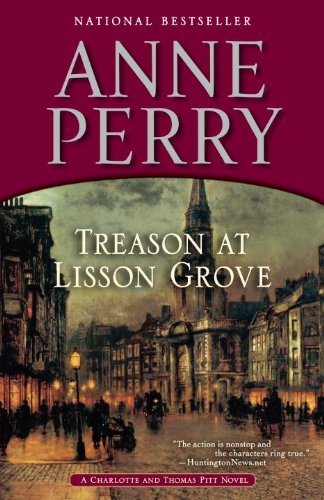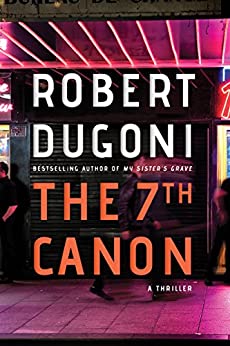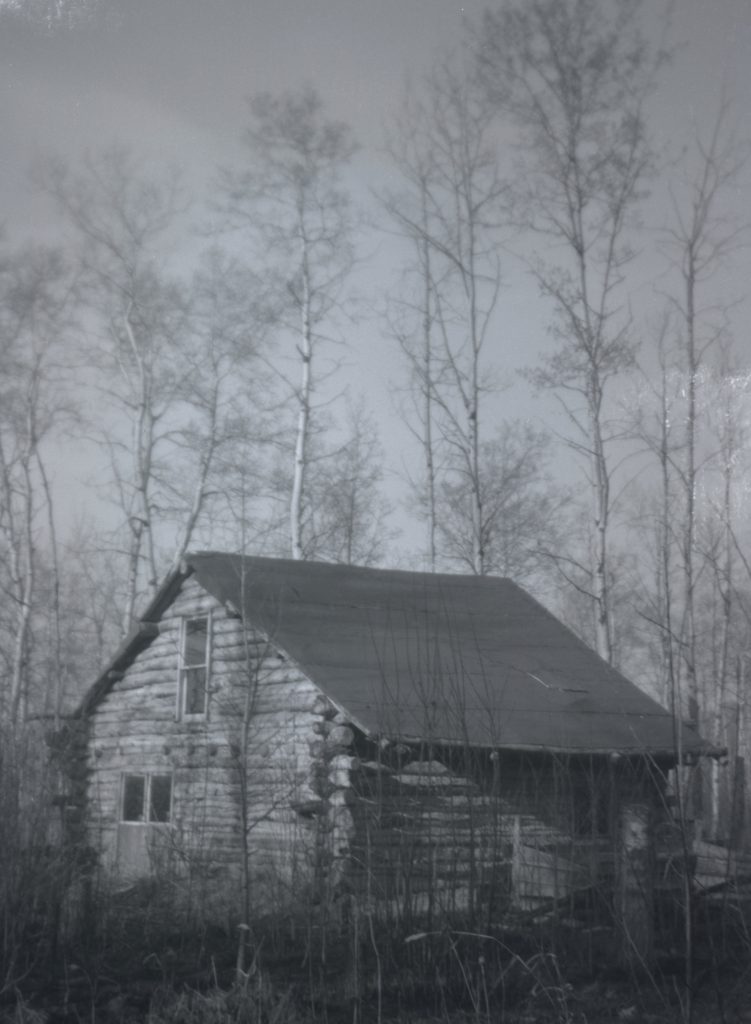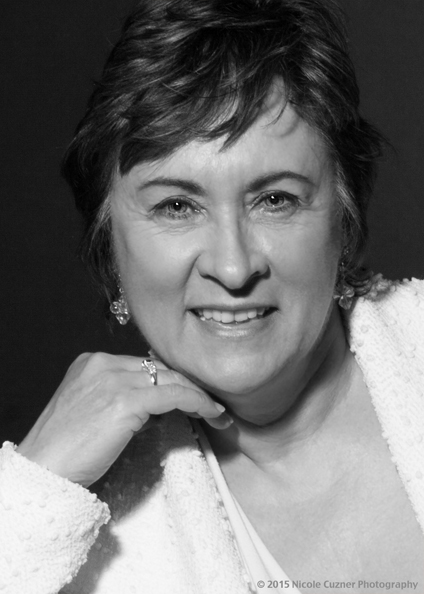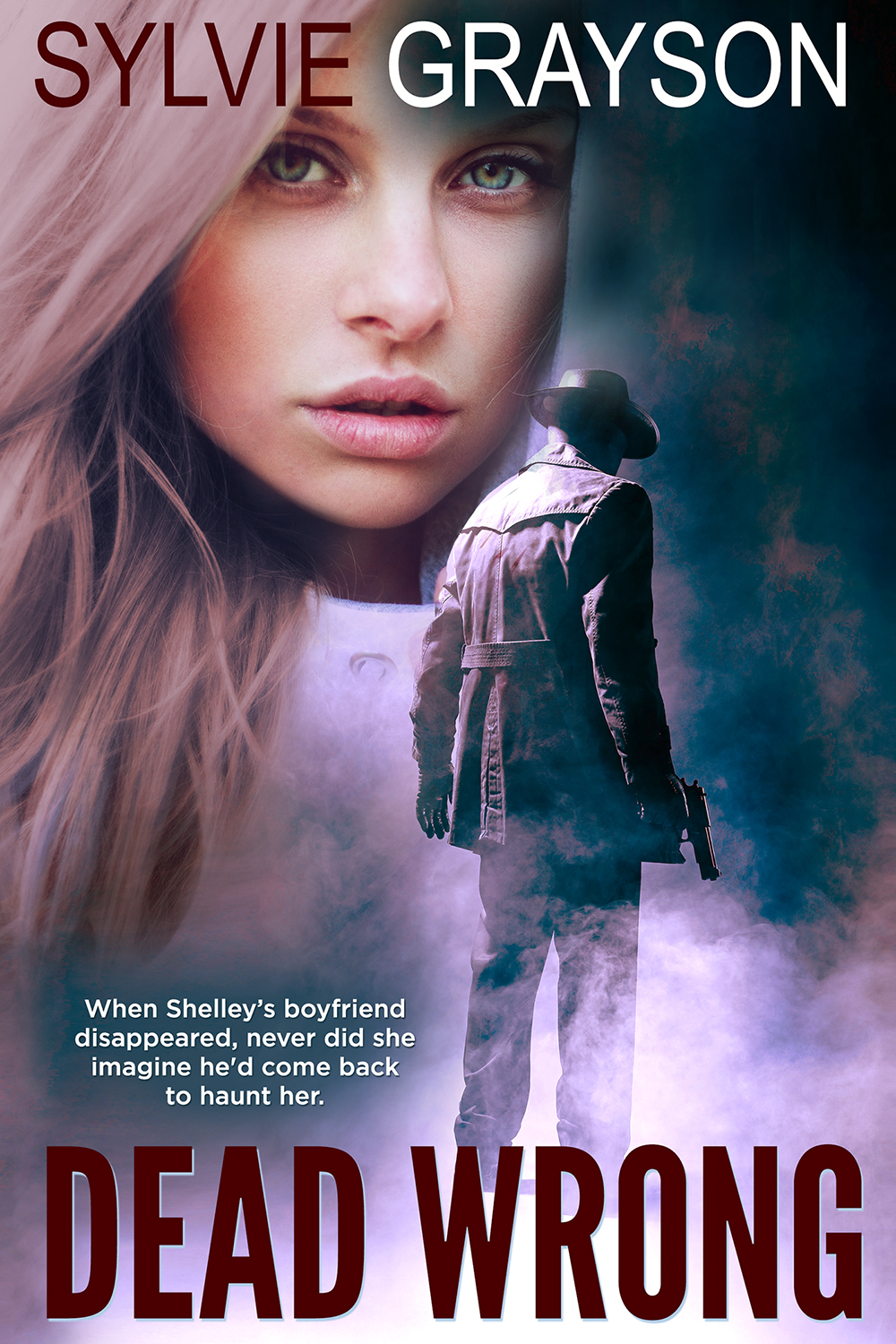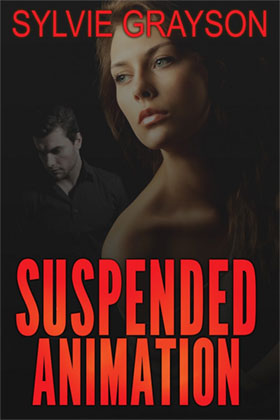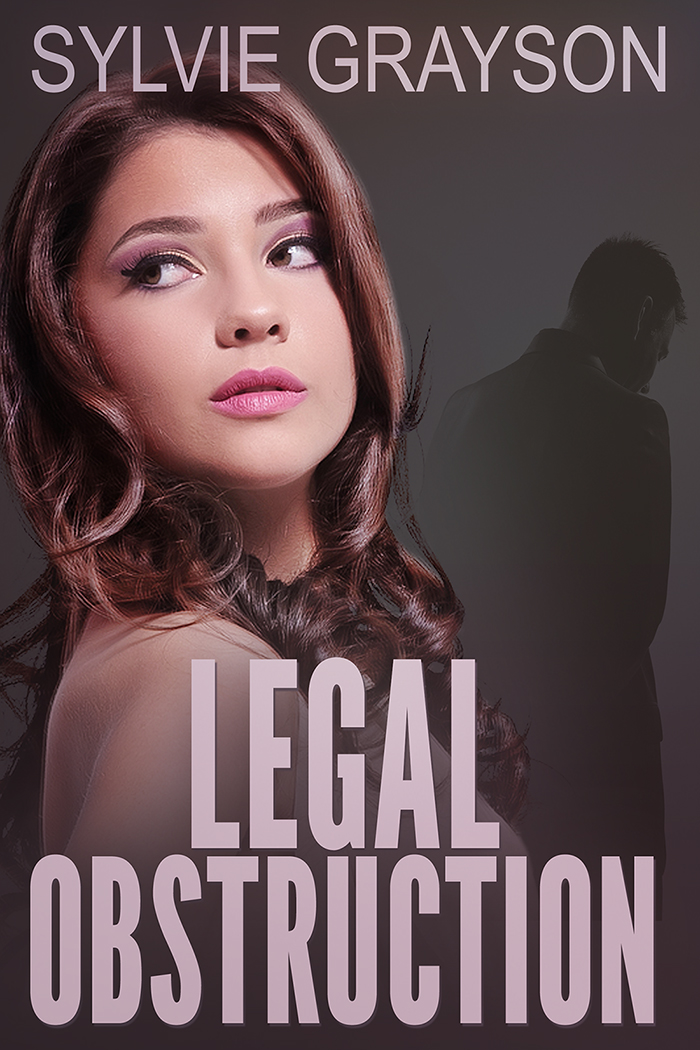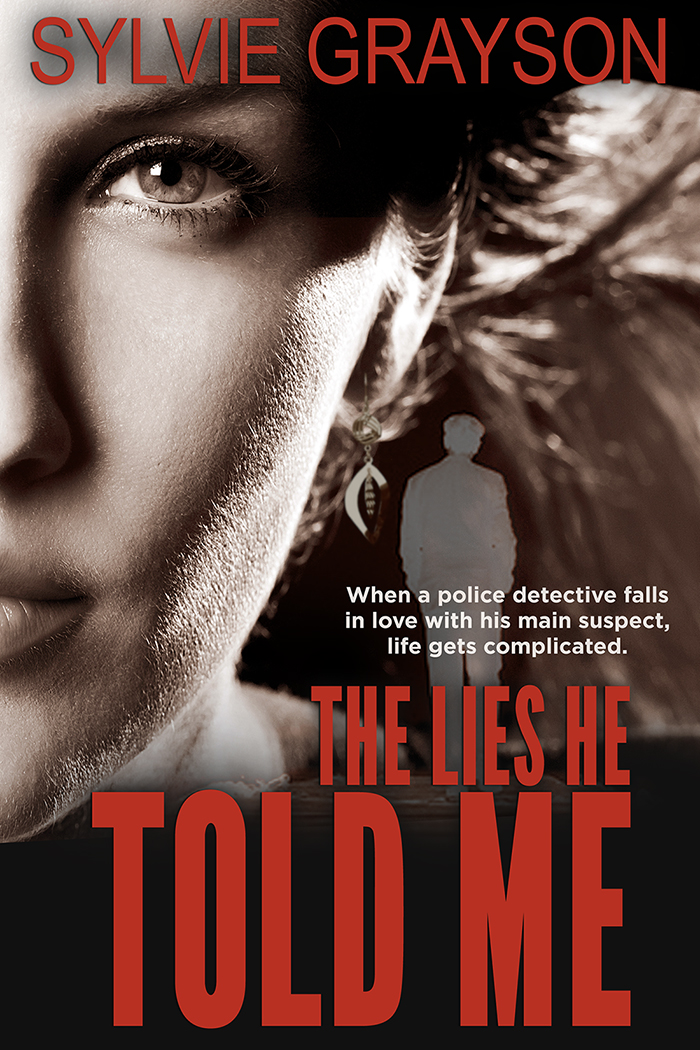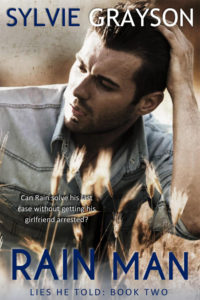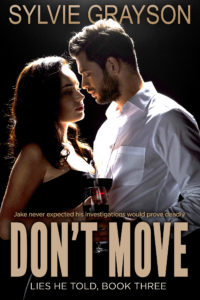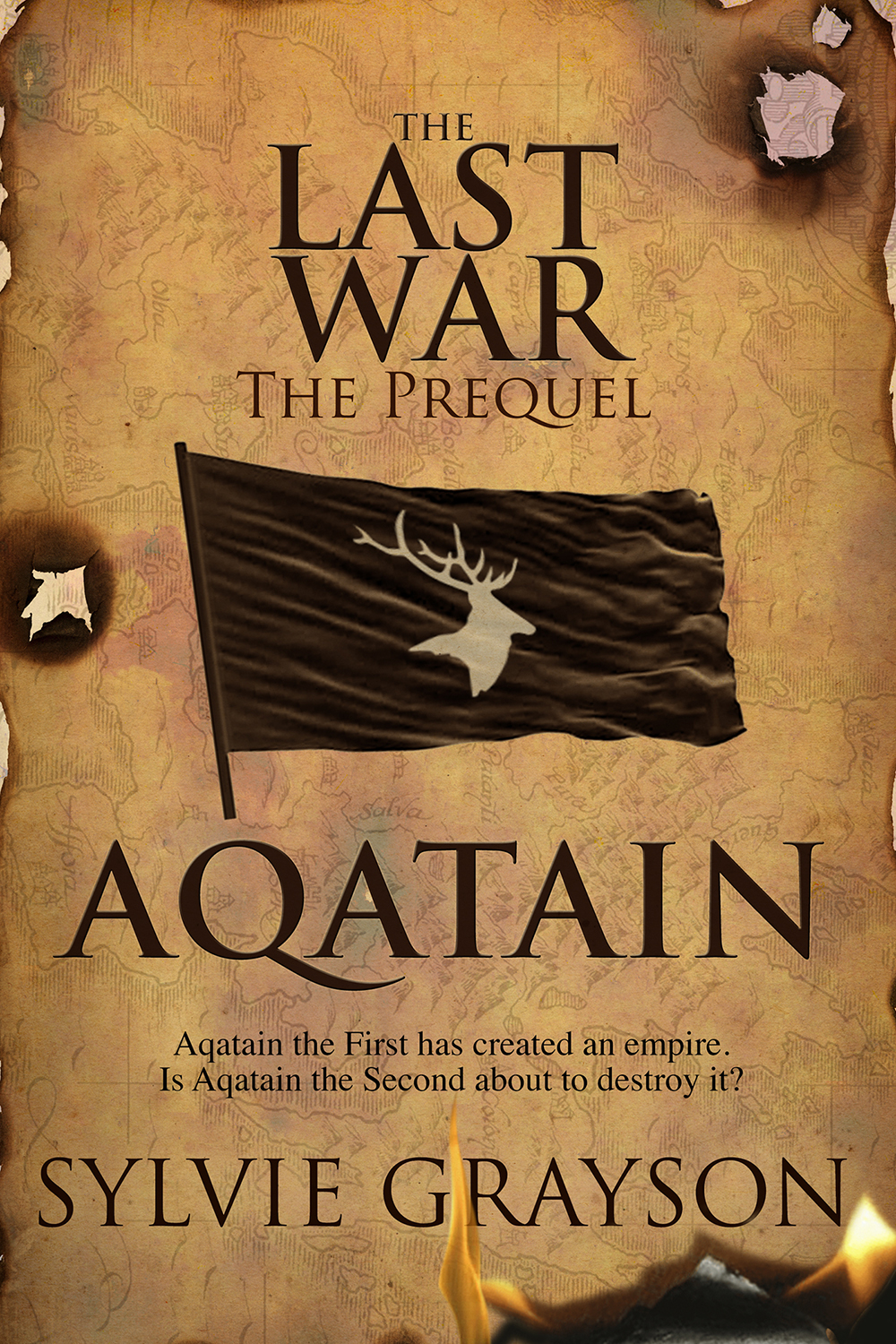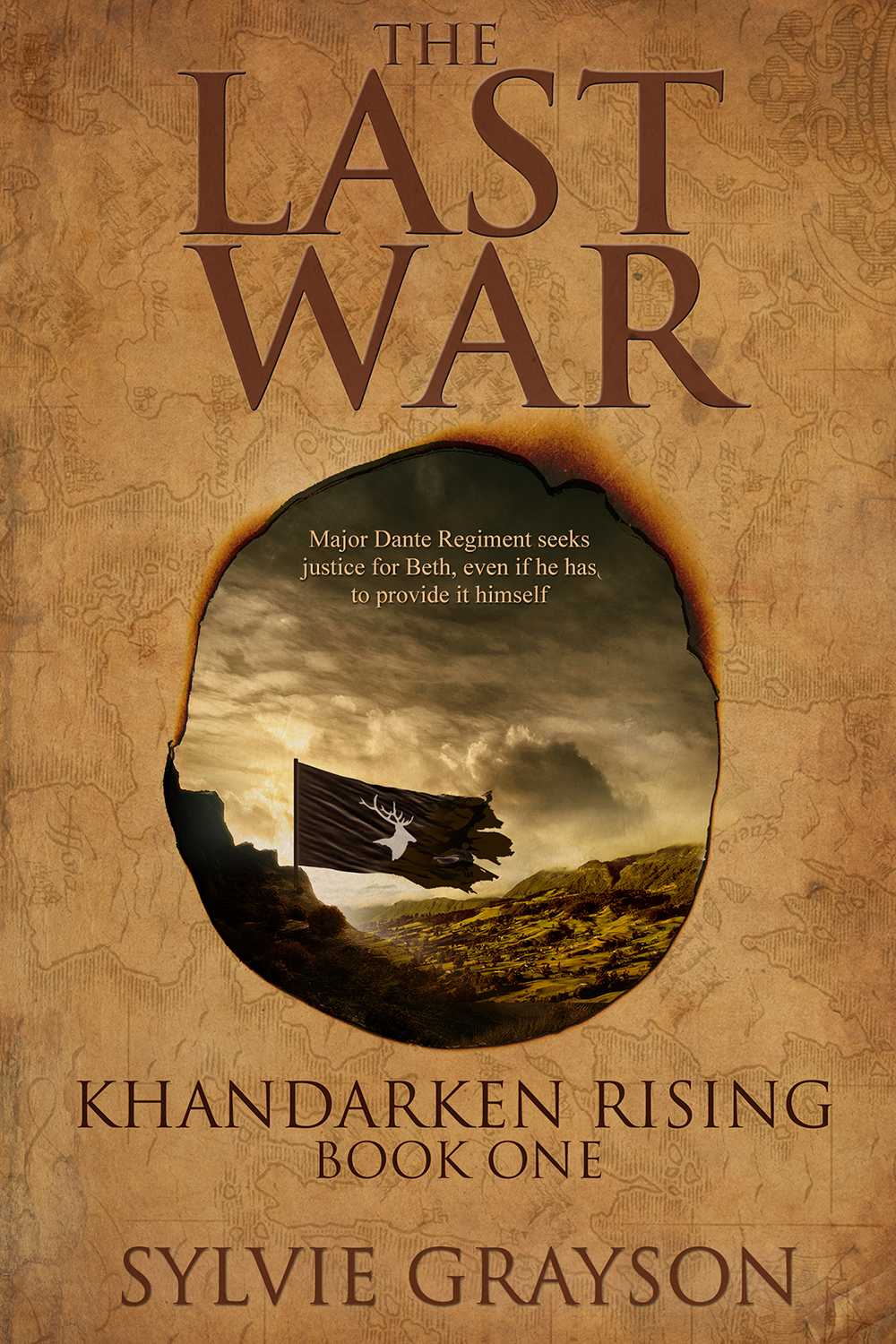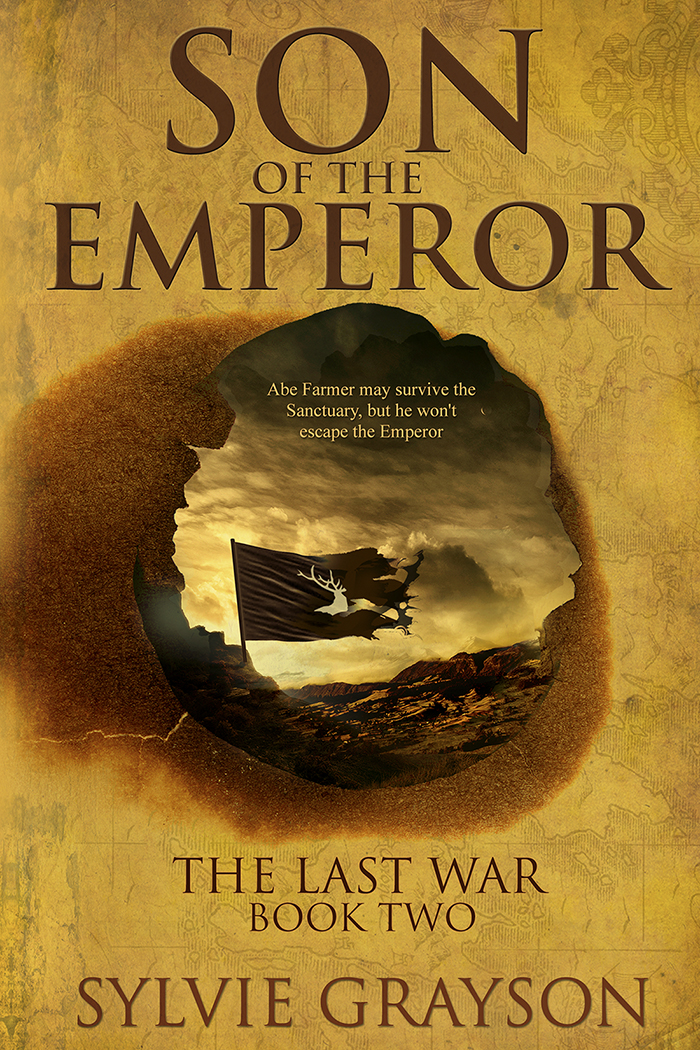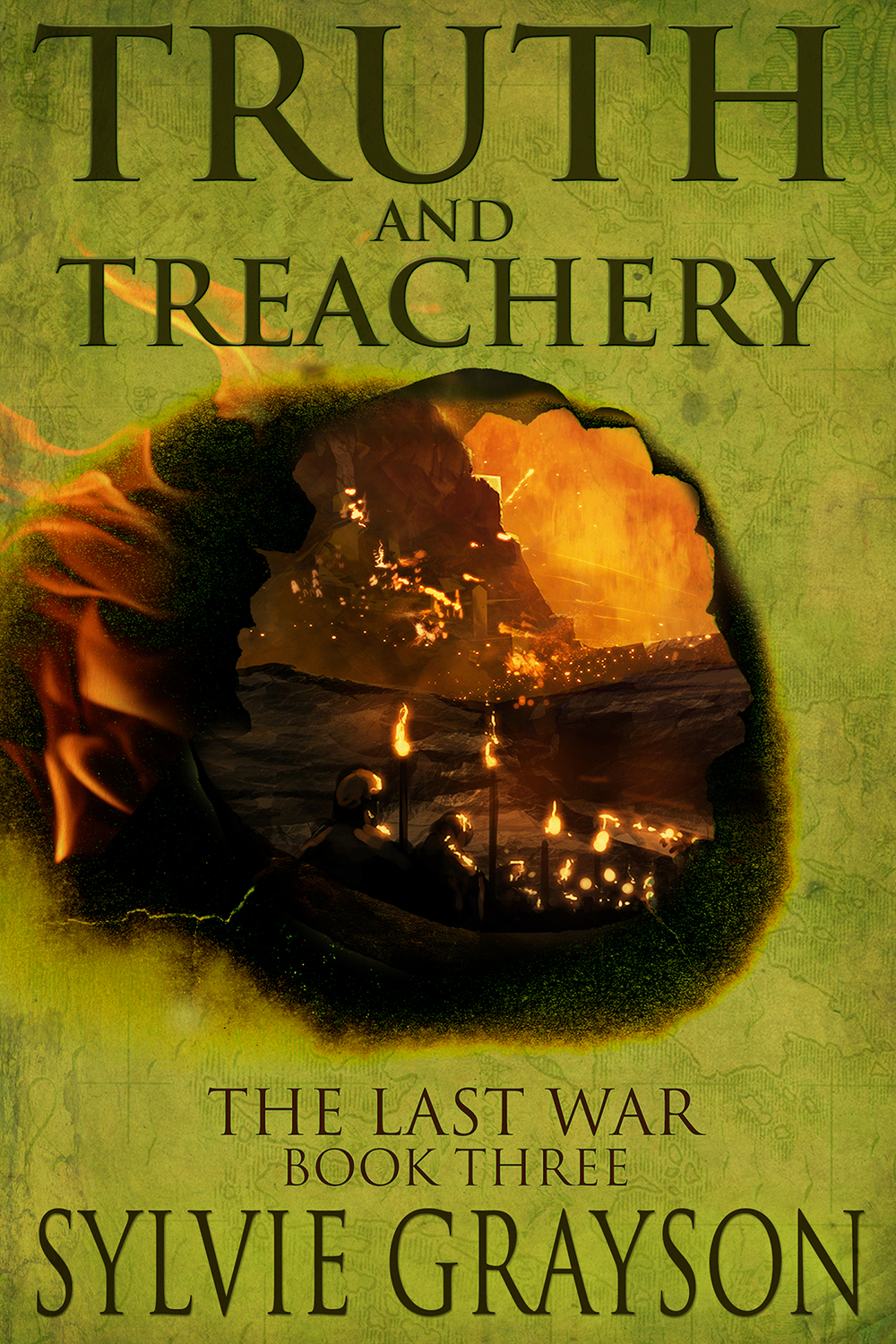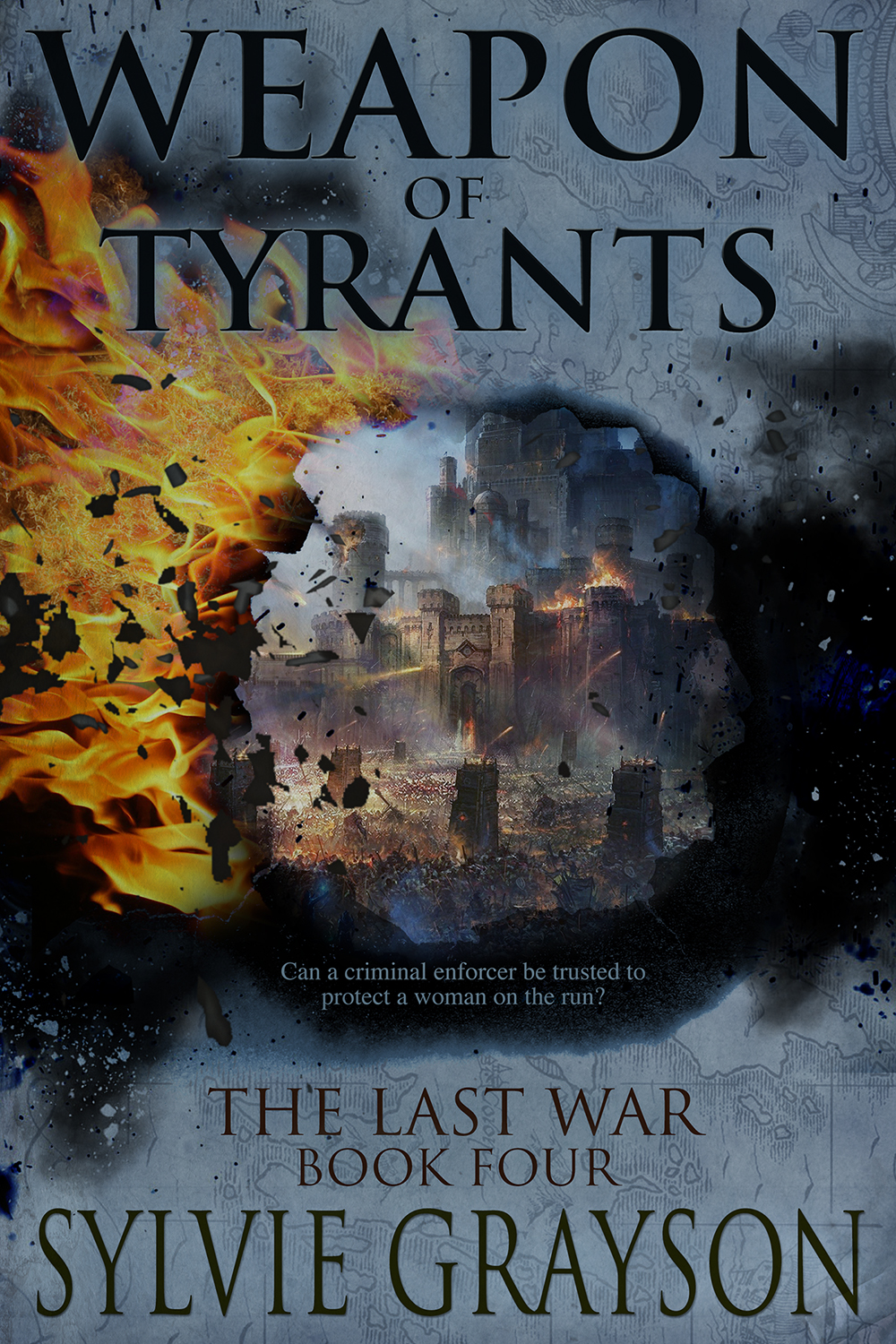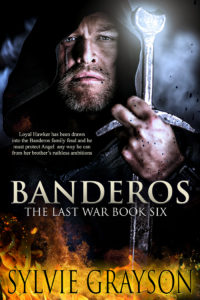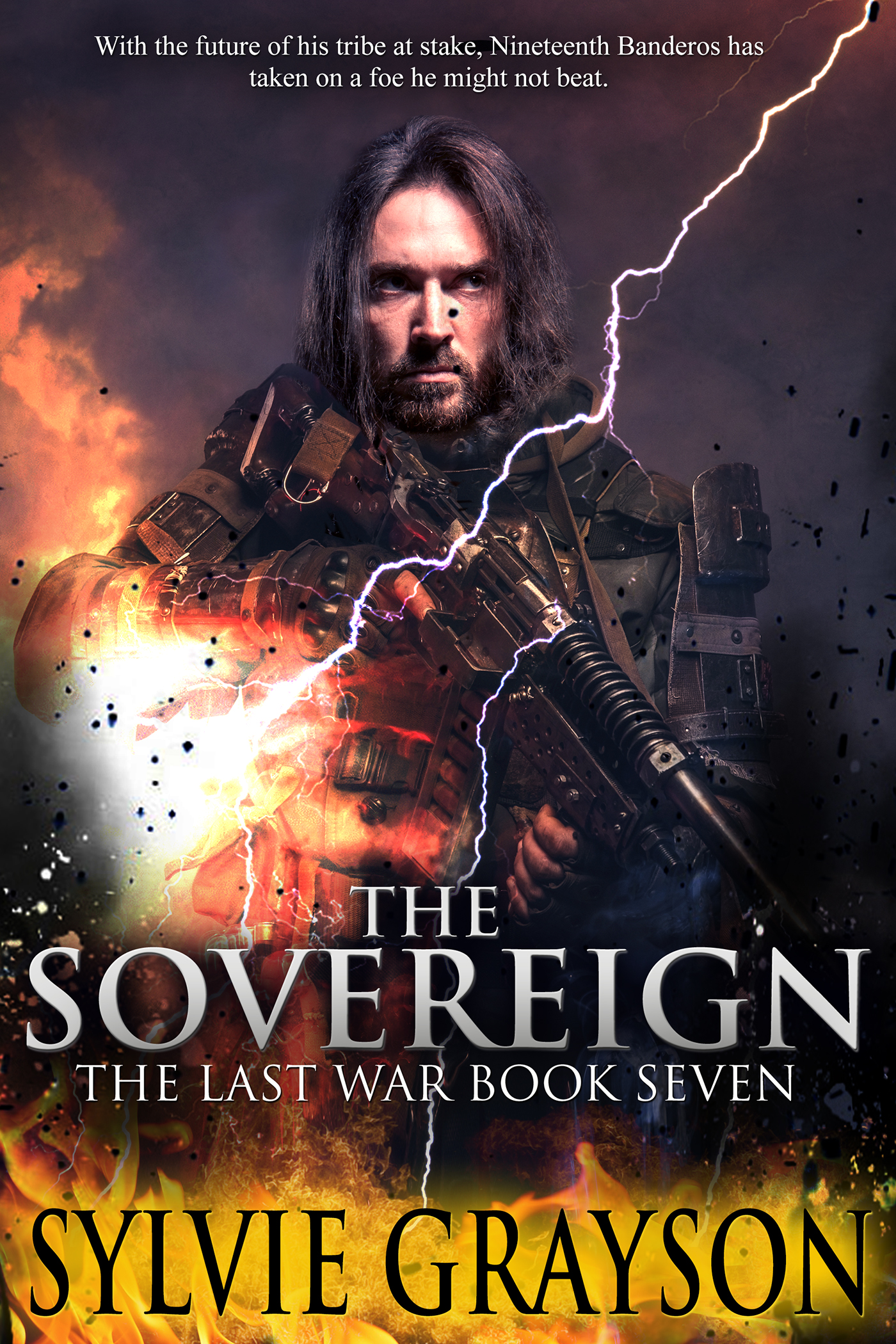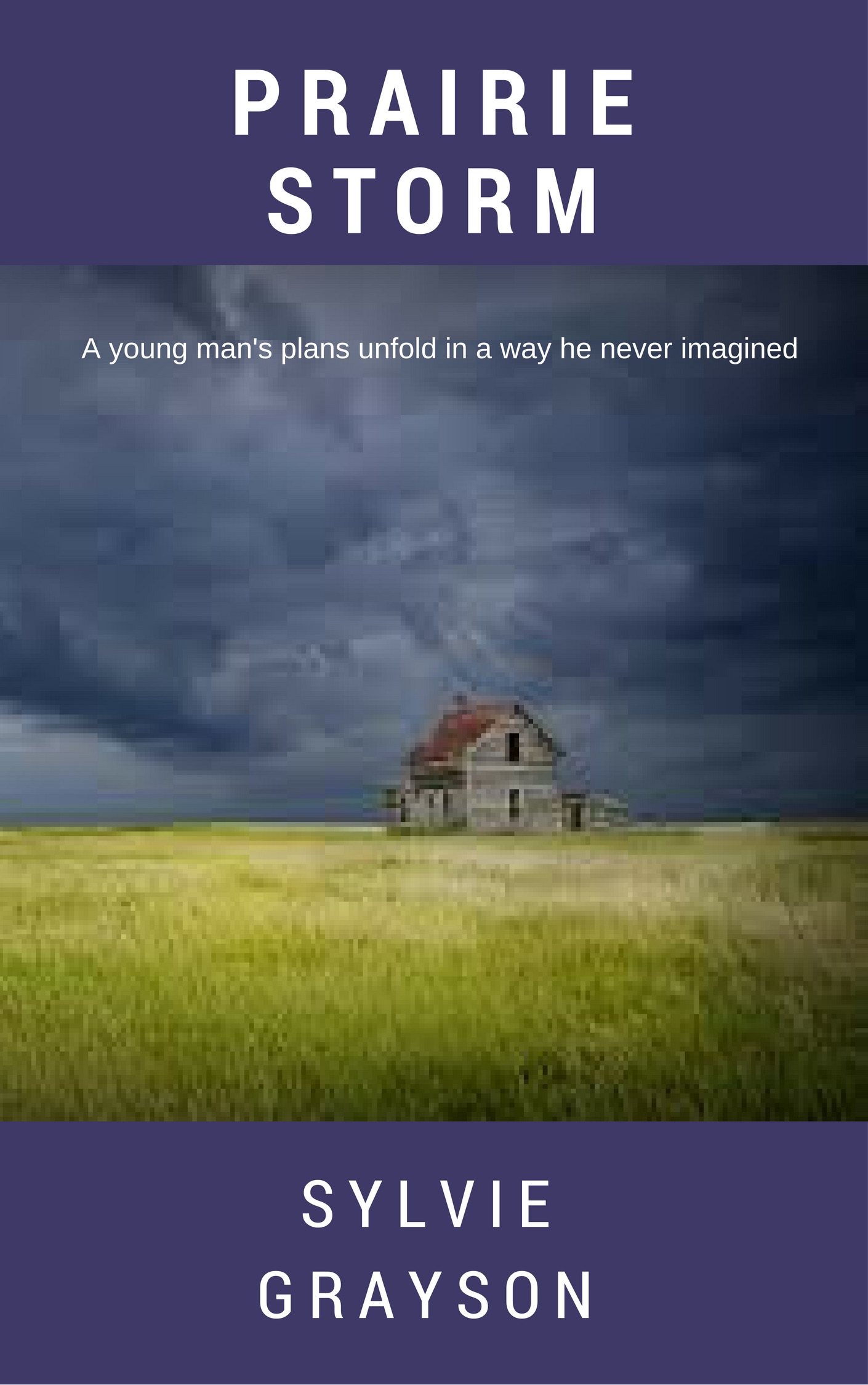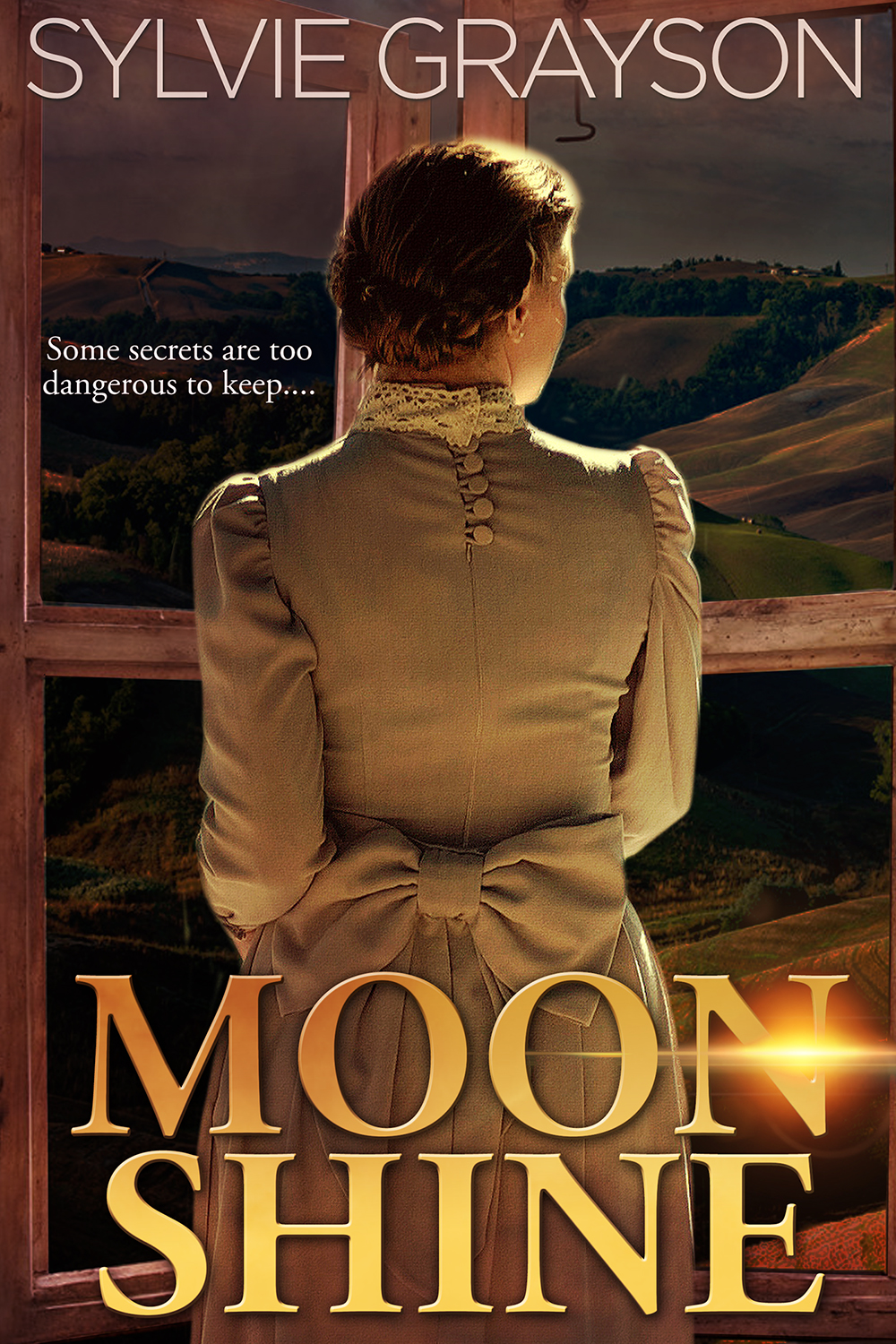Firewood
Firewood was a vital part of keeping our house livable. It was used for the kitchen stove, which provided all the cooking and for keeping the kitchen warm enough to work in. It was also used for the barrel heater in the main room of the house.
Nell and I shared the job of bringing in the firewood. We took turns carrying in armloads of wood for the kitchen stove. Dad had to split this wood into smaller pieces to fit in the fire cavity and moderate the temperature in the oven. To bake, Mum would use larger pieces to bring the temperature to the level she needed. Then she would feed in smaller pieces to keep the fire at a steady elevation. There had been times when a cake didn’t rise, or rose too fast and then fell due to the wrong temperature. I remember once Mum opened the kitchen door and threw a cake pan into the yard. Playing outside, my sisters and I watched carefully to see if the door was going to open again, because obviously Mum was angry and we didn’t want to provoke her response.
When the door stayed closed, we crept closer and devoured the cake, flat but tasty.
The heater in the main room was a barrel heater. Dad took a forty-five gallon drum and laid it on its side. He took two pieces of metal, each about two inches wide and several feet long. He bent the metal pieces to act as legs for the barrel, and soldered the legs in place. Then he cut a square out of the top of the barrel and added hinges to allow it to be opened and closed with a metal hook to catch the handle and keep it closed. This was the door to allow wood to be put onto the fire.
Across the barrel’s bung hole, he attached a metal piece held in place with a screw to allow the metal to be moved to cover or uncover the hole below the door. This allowed air into the burning fire and regulated the speed of burn. Lastly, he cut a hole at the back of the barrel and installed a stovepipe. It went straight up through the floor of the upstairs bedroom and on through the roof. This heater provided the main source of heat for the house.
The wood for this heater was quite different from that for the cookstove. Dad would chop down a tree, and using his bucksaw, cut it into four foot lengths. My sister and I carried these into the house as well, stowing them in the long wood box beside the heater. Dad would throw them into the heater, one at a time as they burned down. At night, he would fill it up and shut the bung hole, usually having to rise once in the night to add more wood.
It was always chilly in the house in the morning. We would rise from bed and quickly struggle into the long underwear and socks, adding a wool sweater if we had one.
Wood was not always in plentiful supply. Most men might cut the wood all summer to ensure a winter’s supply. Dad often left it until we had a strong need of it. A few times he was able to borrow a horse from a neighbour. That’s when he would cut trees in the woods with his axe and drag them to the clearing near our house. There he used his bucksaw to cut the different lengths, some for the heater, some to be chopped for the cookstove.
One winter’s night, I was washing the supper dishes in a basin in the dry sink when I heard Dad scuffling at the wood latch on the kitchen door. I walked over to open it for him. Often, with the mittens he wore, it was hard to manage the doors. When I opened the door, he staggered in, holding one hand over the side of his face.
The light was dim, I was working with the coal oil lamp on the counter, but I could still see something dark dripping from beneath his mitten and onto his parka. He took his hand away and I saw a deep gash across his cheekbone. Apparently he’d been using the chainsaw to cut firewood and it hit a knot in the tree, flashed back and caught him in the face. Luckily it didn’t take his eye out. It was so like Dad not to say anything or call out for help, but just scrabble to open the kitchen door.
I yelled for Mum. She came quickly, assessed the situation, and dragged him into the main room to seat him on the bench. She got a damp cloth and got him to hold it over the cut, then put her parka and boots on. At that point, we had a vehicle, a secondhand tractor. They hitched a wagon to the back of the tractor and set off for town. Nell and I were left to close up and stay with the younger kids.
Later we learned it took them about four hours to get to town. The old road wound like a snake down over the breaks to the bridge below that crossed the Beatton River, then back up to the other side. Luckily the hospital was on that end of town. Mum parked the tractor in the parking lot which was nearly empty, and ushered Dad into the Emergency entrance. The doctors on duty stitched him up, sprayed a plastic bandage over the wound and sent him on his way. Mum and Dad got back on the tractor and headed home, arriving before midday.



